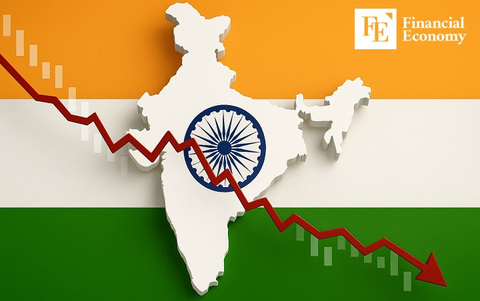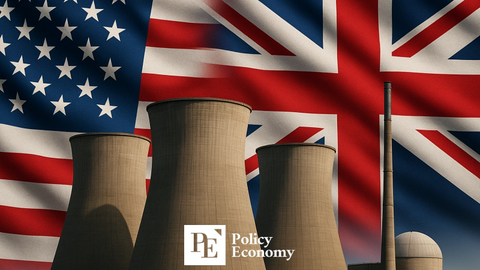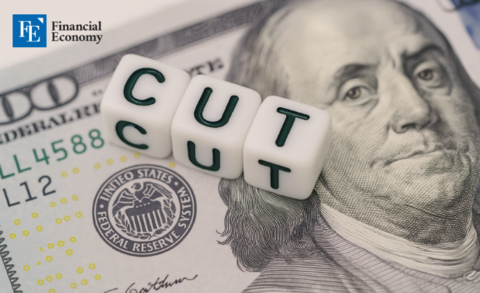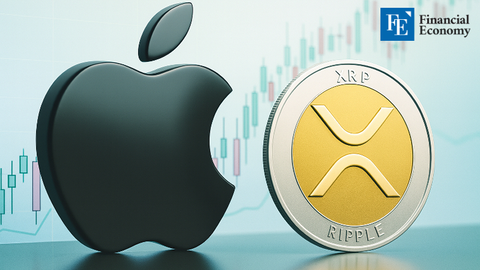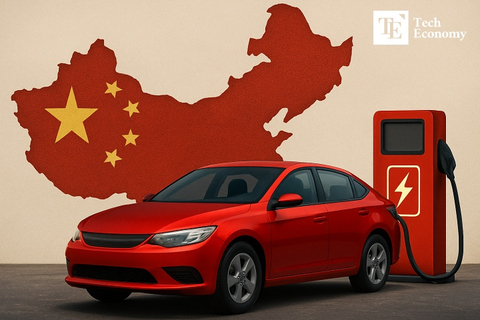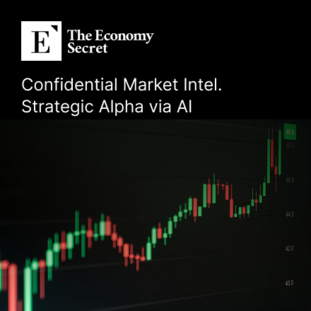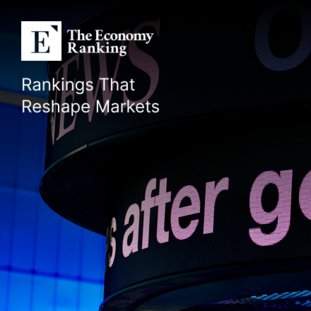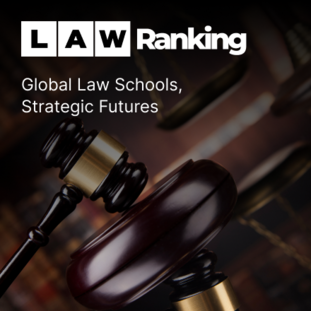Trump Shifts Economic Blame to Biden and the Fed as Warning Signs Flash
Input
Modified
Trump blames Biden and the Federal Reserve for economic woes. Tariffs and pressure on interest rates increase public frustration and business strain. US voters question Trump’s approach is helping or hurting.
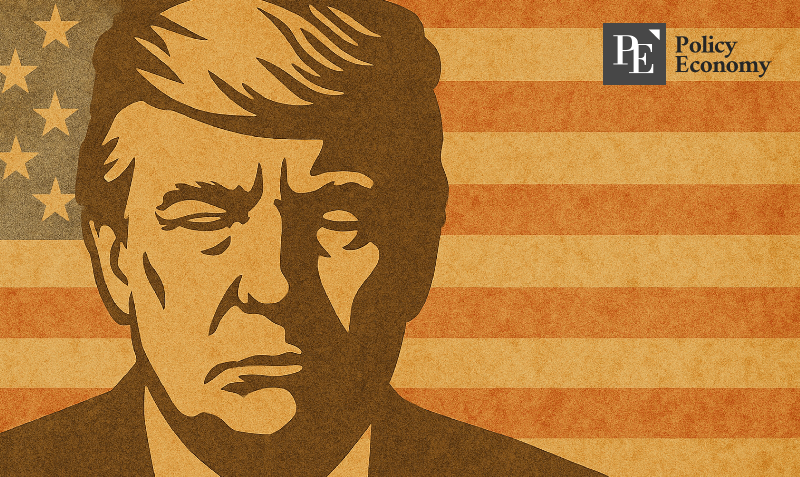
In the thick of a volatile economic cycle, President Donald Trump has taken aim at familiar targets as public anxiety around inflation, job stability, and market volatility rises. With Americans feeling the weight of rising prices and a sluggish stock market, Trump has adopted a rhetorical strategy that places the blame squarely on his predecessor, President Joe Biden, and the Federal Reserve.
This marks a familiar return to the political playbook that helped define Trump's earlier campaigns: claim ownership of success and outsource responsibility for failure. But with economic indicators flashing warning signs and confidence among key voter blocs wavering, critics say this time the facts may not be on his side.
Trump’s Blame Strategy Meets Economic Reality
President Trump has made it clear in recent speeches and interviews that he sees Biden as the root of current economic dysfunction. “We inherited a mess,” he said during a recent press appearance, pointing to what he described as a “deliberate economic sabotage” by the previous administration. He claims the economy was in shambles when he stepped into office again — marred by unsustainable federal spending, weak labor force participation, and “crippling” energy regulations that drove fuel prices to historic highs.
According to Trump, much of what Americans are suffering through today — higher interest rates, unaffordable housing, increased costs of basic goods — are downstream effects of what he frames as Biden’s economic mismanagement. He particularly points to the spike in inflation in the early 2020s and what he calls an "anti-growth" regulatory environment that disincentivized private investment and job creation.
This framing, however, comes amid questions about Trump’s own policy decisions since returning to office. A growing chorus of economists and industry experts suggest that the turmoil gripping the economy today is tied as much, if not more, to Trump's aggressive policies than to any lingering effects of Biden's tenure.
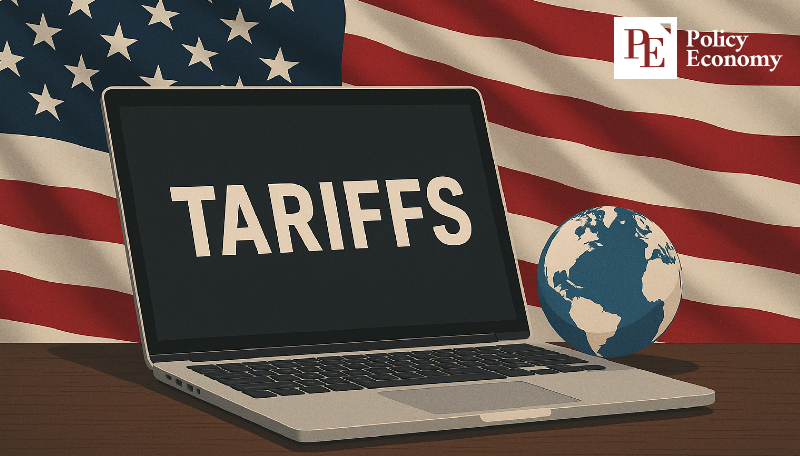
Tariffs, Trade, and the Trouble with Reshoring
One of the most contentious decisions has been Trump’s renewed tariff escalation on Chinese imports, a move he revived early in his term as part of a broader effort to “rebuild American industry.” While the intention was to drive domestic manufacturing, the result has been a sharp rise in consumer prices and retaliatory actions from trading partners. Key sectors such as agriculture, automotive, and electronics have reported increased supply chain costs, leading to layoffs and reduced hiring.
Retailers across the country have reported that price sensitivity is becoming more pronounced among shoppers, with families trimming non-essential purchases and even deferring essential expenses, like auto repairs and medical visits. Small business owners have also expressed frustration, stating that the tariffs have increased their overhead while shrinking margins — without any visible uptick in local production capacity.
Nevertheless, Trump has doubled down, claiming the short-term pain will give way to long-term prosperity. He argues that bringing manufacturing back onshore is essential for national security and economic independence, especially after supply chain disruptions during the COVID-19 pandemic exposed vulnerabilities in foreign dependency. "This is the price of American freedom," he declared in a rally earlier this spring.
But critics argue that such policies are economically tone-deaf and fail to account for the complexity of global trade. While strategic reshoring may be desirable, they contend that it cannot be accomplished overnight or without cost. Furthermore, the rushed nature of Trump’s executive actions — many rolled out without industry consultation or transition periods — have created confusion in the marketplace and, some say, undermined confidence in long-term investment.
The Fed, Voter Sentiment, and the Political Price Tag
If Biden is Trump’s first target, then the Federal Reserve is his second. Trump has become increasingly vocal in criticizing the central bank for keeping interest rates too high, even in the face of slowing job growth and shaky market confidence. “The Fed is sleeping at the wheel,” he said in a recent radio interview, suggesting that Chairman Jerome Powell is failing the American people by not being aggressive enough in cutting rates.
He maintains that a looser monetary policy is critical to boosting consumer spending and encouraging businesses to invest in new hires and infrastructure. Trump has repeatedly called for a return to near-zero interest rates, echoing the ultra-accommodative policies seen during the early pandemic response.
Yet monetary policy experts warn that this could fuel long-term instability. They argue that prematurely slashing rates could rekindle inflation — just as it is beginning to cool — and jeopardize the Fed’s hard-won credibility. With global investors already wary of the U.S. economic outlook, an unpredictable or politically pressured Fed could trigger capital flight and erode trust in American markets.
Adding to the debate are recent polls that show growing skepticism toward Trump’s economic stewardship. A notable portion of the public now believes the country’s current economic strain is less about the past and more about the present. Key demographics that supported Trump in previous elections — particularly middle-income suburban voters — have begun expressing doubts about whether his aggressive style of economic intervention is helping or hurting.
Many voters cite persistent inflation, stagnant wages, and an uptick in unemployment as key concerns. A teacher in Pennsylvania noted that she voted for Trump hoping he would “shake up the system,” but now worries his policies have brought more chaos than clarity. A small business owner in Arizona described trying to navigate constantly shifting import costs as “running a marathon in quicksand.”
At the heart of the issue is a deeper tension between economic populism and economic pragmatism. Trump’s appeal rests on the former — a promise to prioritize American workers and revive domestic industry — but executing such a vision in the global economy requires delicate calibration. So far, the administration’s approach has tilted toward disruption rather than negotiation, with results that remain uncertain at best and harmful at worst.
Some Republican lawmakers have privately expressed concern about the party’s economic message heading into the midterms. While the base remains loyal, independent voters appear less convinced. There is also unease about Trump's apparent disregard for long-term fiscal planning. Despite previously criticizing Biden for running up deficits, Trump’s own budget proposals show increasing military spending, expanded subsidies for domestic manufacturing, and large tax cuts — a combination that economists warn could balloon the national debt.
In defending his record, Trump continues to rely on the language of external blame. In his speeches, the enemy is always “out there” — whether it be China, the Fed, or the policies of a past president. It’s a tactic that has historically worked well in politics, but it may not be enough to shield him from the economic consequences of his own administration’s decisions.
As the 2026 election cycle heats up, Trump’s narrative faces a crucial test. Voters are watching not just what he says, but what they feel — in their wallets, in their job prospects, and at the grocery store. If the economic pain continues, even the most fervent blame game may not be enough to win over a skeptical electorate.
In the end, the buck has to stop somewhere. Whether Trump can continue passing it down the line remains to be seen, but the data and public sentiment suggest that Americans are beginning to ask harder questions about who truly owns the economy they’re living in today.



